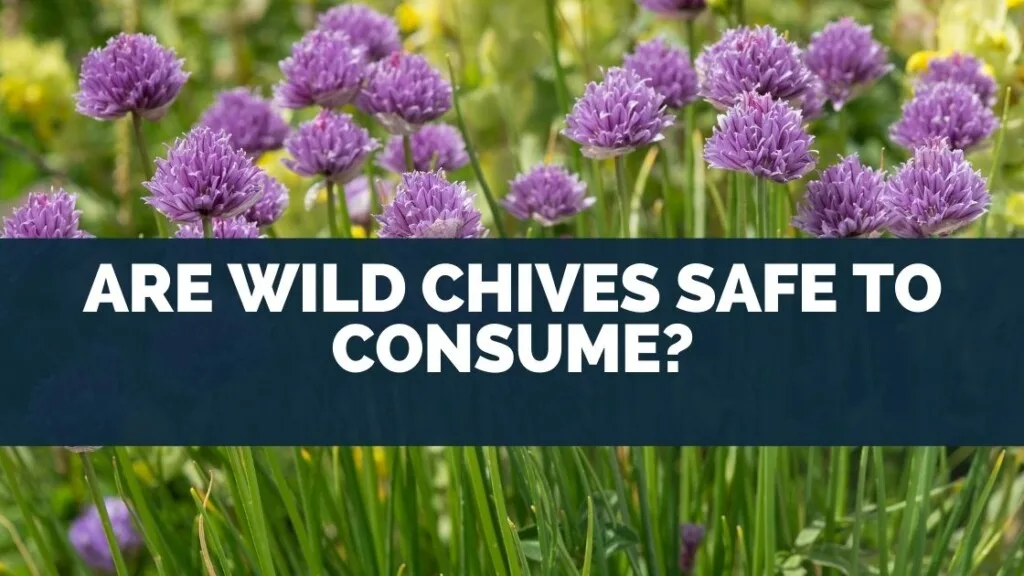
Wild chives, like their cultivated counterparts, are one of the most common and easy to identify wild-growing plants. However, unlike many other herbs that grow in our hedges or borderlands, these little guys can be found all over!
In this post, we’ll explore the basics of wild chive identification and whether they are safe for humans to eat.
Table of Contents
History Of Wild Chives
Wild chives have been used for medicinal purposes since at least 5000 B.C., but cultivated forms were first recorded in Europe during the 16th century.
They now thrive across North America and beyond! Wild Chive’s Benefits include stimulating appetite or curing worms depending upon which culture you ask.
Native Americans put it into remedy recipes that treated everything from insect bites to burn treatments while Egyptians famously wore garlands made out of these spicy little flowers as an antiseptic necklace around their necks (to keep away snakes?).
How To Identify Wild Chives
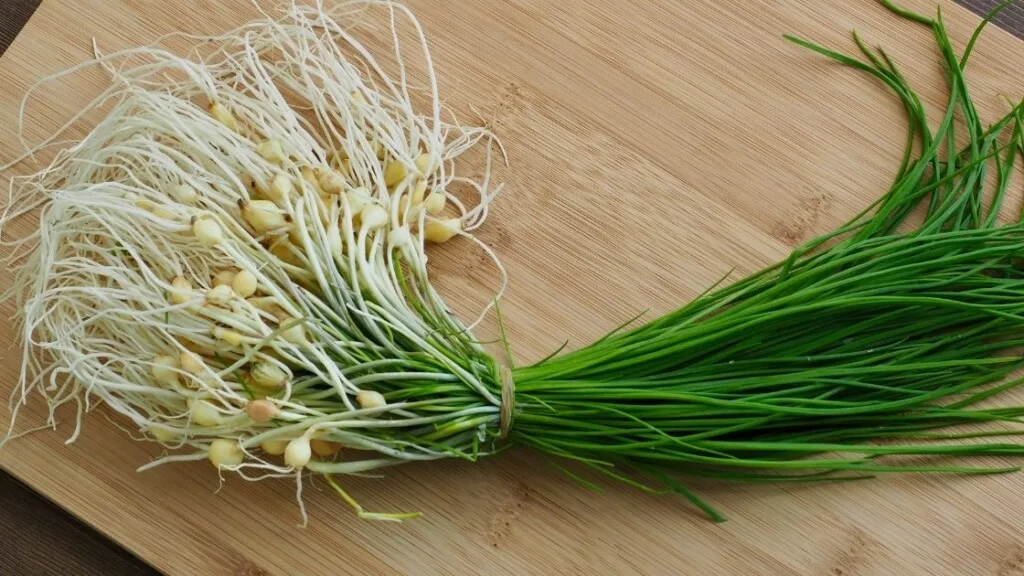
Wild chives are easy to identify if you’ve ever seen a domestic variety.
They look like clumps of grass, but with cylindrical leaves and hollow blade shapes that come from being exposed in warmer temperatures than most plants would experience over their lifetime.
This causes them to be green rather than brown or black like other species might appear when dried out after harvesting.
Wild Chives can grow anywhere between 10-20 inches (24 – 48 cm) tall during optimal conditions which usually happen around early springtime before the frost gets involved!
Are Wild Chives Safe To Eat?
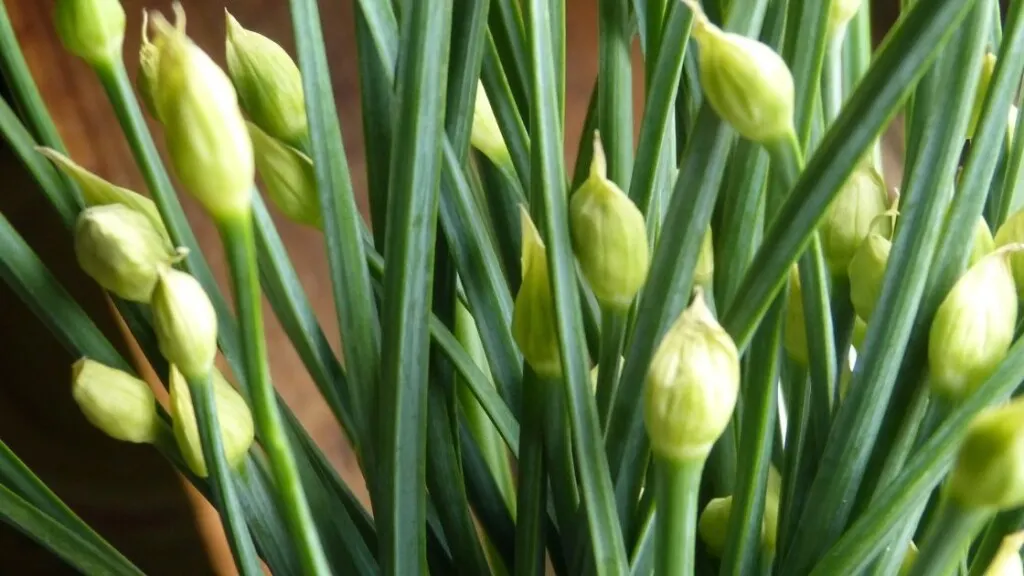
Wild Chives are a delicious addition to the dinner table.
They impart an onion flavor that can be used in soups and stews or sautéed as vegetables, with their delicate beauty on top of salads for decoration!
The flowers from this plant should also not go unappreciated. They taste sweet yet tangy when garnished properly over your meal
Wild chives are not just for medicinal purposes, they can be used as an ingredient in food or pickled.
The flowers themselves have been known to taste like onions with a touch more garlic thrown into the mix!
Wild chives can be found growing among other plants like wild garlic and onion.
They both have hollow leaves, but the difference between them lies in their physiognomy.
How To Distinguish Wild Chives?
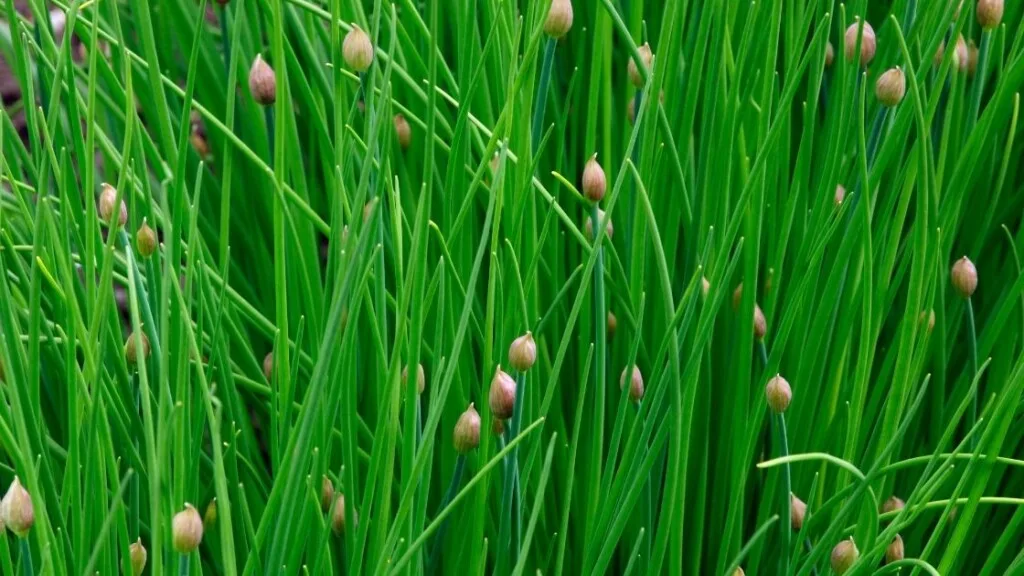
Wild chives are often found growing in the same USDA plant hardiness zones as garlic and Chinese onions.
They can easily be distinguished from these two similar-looking onion species by checking for bulbous roots, which wild onion varieties do not have!
Wild leeks also smell like fresh celery while cultivated ones will more likely perfume your breath with their strong odor (and taste).
How To Easily Spot Them?
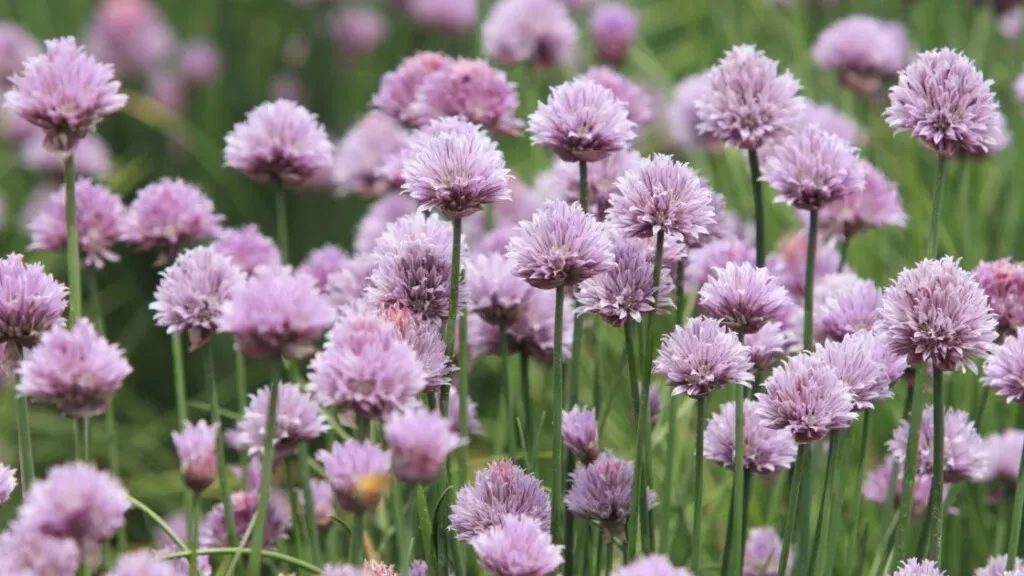
Wild chives are easy to spot! They have dark green leaves with thin, hollow stems and tapers at the top.
Their height can range from 6-10 inches depending on how fast it grows in nature so keep your eyes peeled for these little beauties when you’re out walking around or even just sitting down near some grassy fields.
They usually grow higher than surrounding plants.
How To Grow Chives
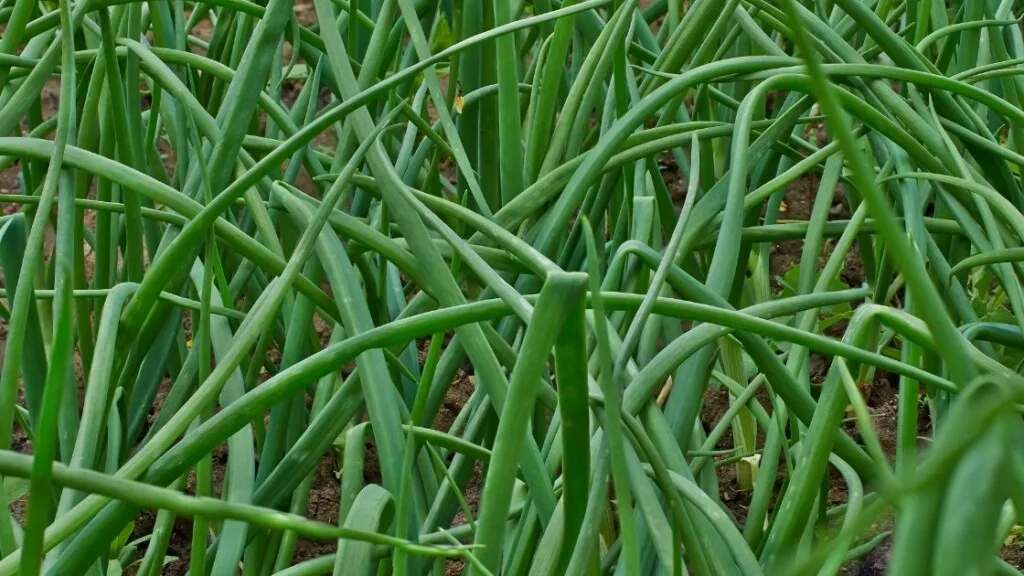
Chives are an easy-to-grow, hardy perennial herb that will reward you with attractive edible green foliage and colorful blossoms each year.
Chive plants can be found growing up high among other herbs such as thyme or oregano in your garden this time of year!
The flowers send out perfume-like fragrances when they’re flowering which makes them perfect for use near gardens where people like smelling things fragrant (or just enjoy looking at pretty flowers).
Chives come from a plant family called Liliaceae alongside onions & leeks but also include garlic so you may know these veggies by different names.
Chives are a great plant to have around the house. They’re easy enough for even beginners like me, and their dried leaves can be used in place of bay leaves when cooking with Chinese food!
You don’t need any input from your guests because these bulbs will go unnoticed sitting next time someone visits (unless they happen upon one while exploring under pots).
You should’ve seen how pleased my dad got after pulling out some fresh ones right off his garden.
Why Grow Chives?
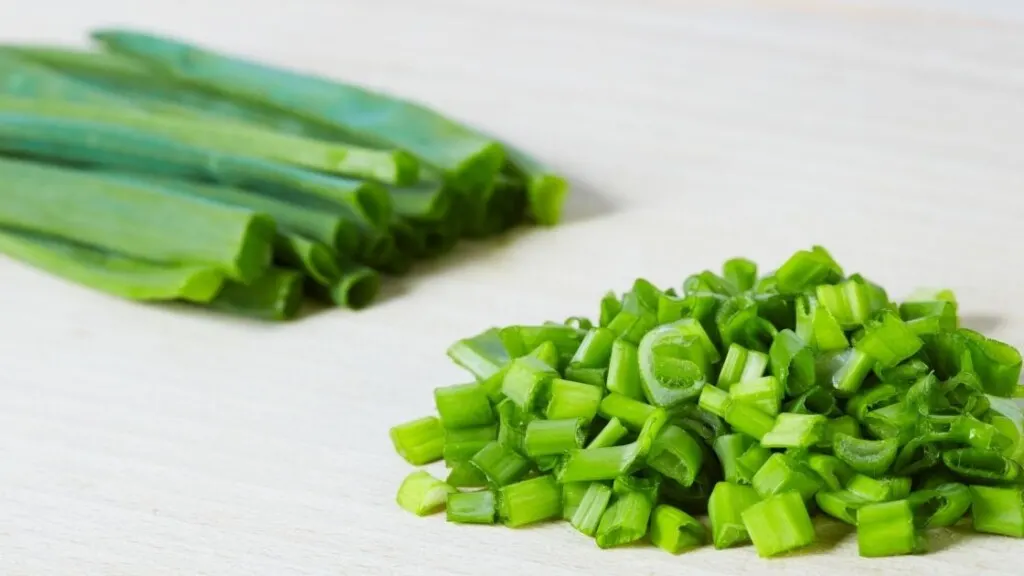
Here are some benefits of including chives in your gardens:
– They’re attractive – The dark green spiky foliage and bright lavender blossoms add an interesting touch to any garden.
And if you didn’t know better, their taste will remind one more than just a little bit from the common onion bulb!
You can even eat all parts; whether it’s those lacy leaves or succulent petals on top as snacks while working outside during summertime heat waves (perfectly edible too!), they’ll make every dish deliciously different without fail!.
Chives are a great way to add flavor and fragrance to your garden.
They attract pollinators like bees, butterflies, or wasps which helps the crops shoot up faster than if they were left alone!
You can plant these easy-going herbs anytime during springtime when everything else first starts budding out of their soil Boxes but before summer comes full force.
This means right around May here on US soil anyways because summer doesn’t really start until June 1st.
Conclusion :
Chives are the perfect herb to add flavor and color to soups, sauces, salads, eggs, or potatoes. We hope you enjoyed learning more about this versatile little plant!

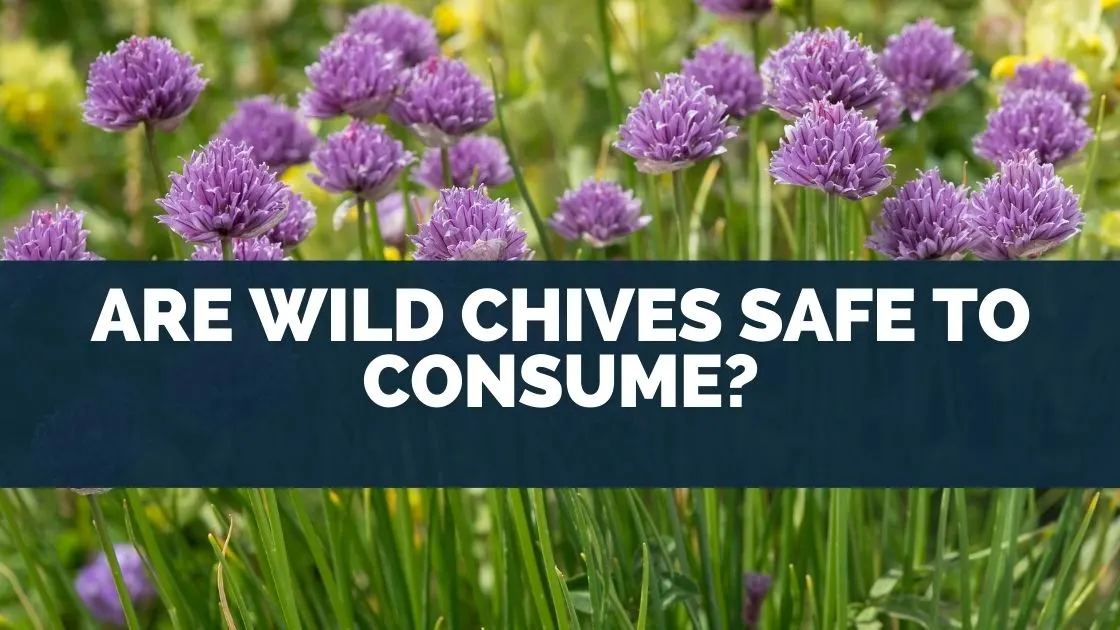
Leave a comment